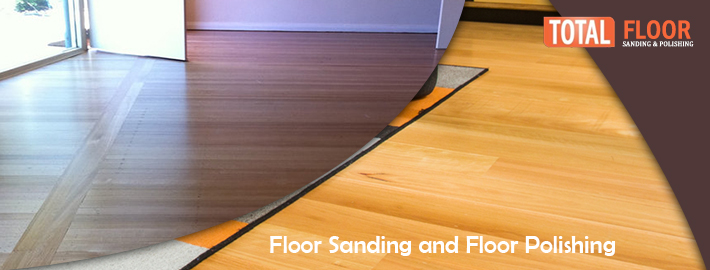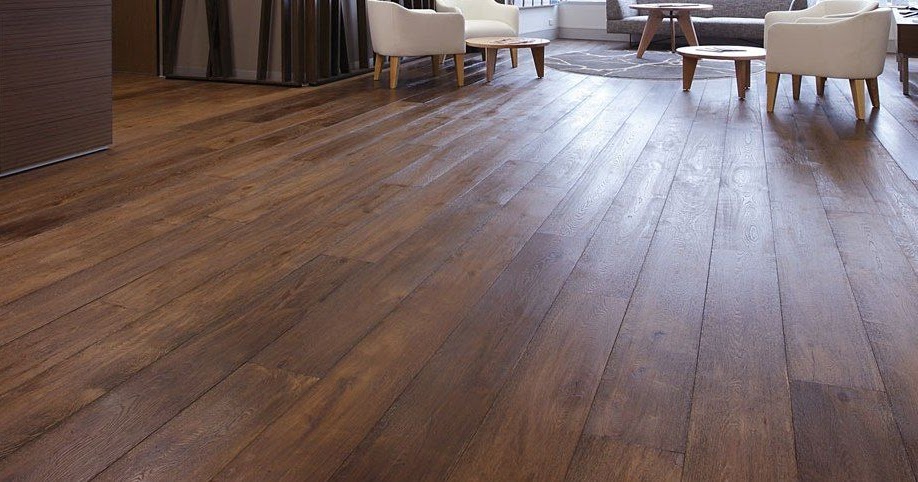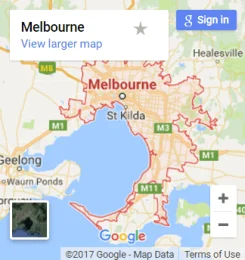Your timber floors are a thing of beauty, but don’t worry – they’re not as high maintenance as you might think. With some basic care and attention, you can keep your polished floors looking picture-perfect for years to come. The key is developing a simple routine and sticking to it.
We’ve put together this beginner’s guide so you can learn the basics about floor polishing Melbourne and feel confident in keeping your timber floors clean and protected. In just a few minutes a week, you’ll be well on your way to becoming a timber floor care pro.
Ready to get started? Let’s dive in and talk about the essentials – what you need, what to do, and what to avoid. Keep this guide handy, and in no time, caring for your timber floors will become second nature.
What Is Timber Floor Polishing?
Timber floor polishing involves buffing and coating hardwood floors to protect the wood and enhance its natural beauty. The floor polishing Melbourne process typically includes:
- Sanding the floor with fine-grit sandpaper to smooth the surface and open the pores of the wood.
- Applying a sealant or finish, like wax, oil or polyurethane. These seal and protect the wood from damage.
- Buffing the floor with a polisher or buffer to create a smooth, glossy surface.
- Adding additional coats of sealant for a durable, high-shine finish.
With regular polishing and maintenance, timber floors can last for generations. The polishing process may take time, but the end result is well worth the effort for most homeowners. Keeping floors polished also helps hardwood hold its value and prevents costly repairs down the road.
With the right polished timber floors care and maintenance, your floors will provide warmth, character and timeless style to your home for years to come. Keeping them looking their best starts with understanding the polishing process.
How to Care for Polished Timber Floors: The Basics
To keep your polished timber floors looking their best, regular maintenance and care are important.
Vacuum, sweep or dust your floors at least once a week to remove dirt and grit. Wipe up spills immediately to avoid water damage using a damp mop or cloth. For stuck-on messes, use a specialised timber floor cleaner or a mixture of vinegar and water. Avoid harsh chemicals, abrasive cleaners, and too much water, which can dull the finish.
Mop or buff your floors every few months, depending on traffic. Use a microfiber mop, cloth, or polisher and a timber floor cleaner or polish. This will remove built-up dirt and grime while protecting the finish.
Consistent polished timber floor care and maintenance are key to preventing permanent damage. With some periodic elbow grease, your timber flooring can remain the focal point of any room.
How to clean polished timber floors
To keep your polished timber floors looking their best, it’s important to establish a regular cleaning routine. The methods you choose depend on the finish and specific type of timber, but here are some tried-and-true basics to get you started.
Sweeping and vacuuming
The simplest way to remove surface dirt and grit is by sweeping with a soft-bristled broom or vacuuming with the proper hard floor attachment. Vacuums with brush rolls can potentially scratch some timber floors, so check the recommendations for your specific flooring before using them. Be sure to vacuum edges and corners where dust collects.
Mopping
For stuck-on messes or a deeper clean, mopping is effective. Use a damp mop or sponge mop and a PH-neutral floor cleaner or just water. Avoid using too much moisture, as excess water can damage the flooring. Make sure the mop is wrung out well, and mop with the grain of the timber using light, overlapping strokes. Never wet mop lacquered timber floors.
Polishing
Every few months, polish or re-wax polished floors to protect the finish and restore the shine. Use a polish or wax specifically designed for timber floors and follow directions carefully. Buff the floor with a soft cloth to bring back the lustre.
Keeping grit off the floor is the key to preventing scratches, so walk-off mats at entrances and protective pads under furniture are a must. With some simple love and care, your timber flooring will shine through as a highlight of your home.
How to remove scratches from polished timber floors
To prevent scratches on your polished timber floors, there are a few precautions you can take:
Use protective pads
Attach felt or soft plastic pads to the bottom of furniture like chairs, tables, and sofa legs. This prevents the wood from getting scratched when moving furniture. You can find packs of pads at your local hardware store.
Sweep and vacuum regularly
Dirt and grit can scratch the floor, so sweep or vacuum often with the proper hard floor attachment. Bare floor vacuums with roller brushes designed for hardwoods work well. Make sure the wheels on the vacuum are clean and free of debris.
Wipe up spills immediately
Wipe up any spills, splatters or spots immediately to avoid water damage or stains. Even small amounts of liquid left on polished timber floors over time can cause damage. Use a damp mop or cloth and blot until thoroughly absorbed and dried.
Use floor protectors
Place floor protectors, sliders or glides under furniture like chairs, tables, and appliances. These allow furniture to move freely without dragging or scraping the floor. You can find a variety of floor protectors for different furniture types.
Keep high heels in check
High heels, especially stilettos, can cause dents and scratches in polished timber floors due to the concentrated pressure on a small point. Place protective pads under furniture where people sit, and consider a shoe-free policy. Ballet flats or socks are better options.
With some preventative measures and regular care and maintenance, you can keep your polished timber floors scratch-free and looking their best. Protecting the floor from damage will allow its natural beauty to shine through for years to come.
How should you handle spills on polished timber floors
Accidents happen, and spills on polished timber floors are inevitable. But don’t panic—with prompt action, you can minimise damage and prevent stains.
Blot immediately
The key is to blot spills instantly before they have time to soak in. Grab a clean, soft cloth or paper towel and gently blot at the spill, working from the outside in. Do not rub the area, as this can spread the spill and scratch the floor finish. For sticky spills like juice or soda, you may need to blot with a damp cloth to lift the spill from the floor.
Wipe carefully
Once you’ve blotted thoroughly, wipe the area with a slightly damp mop or cloth to remove any remaining residue. Make sure the floor is damp, not soaked. For tough spills, you can make a DIY timber floor cleaner from equal parts white vinegar and water. Spray it on, let it sit for a few minutes and wipe clean with a damp mop or cloth.
Prevent water damage
If it’s a liquid spill, thoroughly dry the area to prevent water damage. Use fans and open windows to speed up drying time. For small spills in cracks or corners, a hair dryer on a low setting can effectively dry the area without damaging the floor.
Consider re-polishing
For stubborn spills that leave a stain, you may need to scrub the area with fine-grit sandpaper (around 400 grit) and re-polish the floor. Gently sand the area to rough up the surface, then re-polish with floor polish or wax and buff until the shine is restored. For deep stains, you can try using a timber floor touch-up pen to re-stain before re-polishing.
With the proper floor polishing Melbourne techniques and care, you can get your timber floors back to their pristine condition after an accidental spill. Stay calm, blot quickly, and you’ll keep your floors looking glossy and new.
When should you polish or refinish your polished timber floors?
Once the sealant or finish on your polished timber floors starts to show signs of wear, it’s time for a refresh. How often you need to polish or refinish the floors depends on the type of timber, the amount of foot traffic, and how well you’ve maintained them. As a general rule of thumb, most polished timber floors will need polishing every 3 to 5 years.
Signs It’s Time for a Polish
There are a few indications your polished timber floors are due for a polish or recoat:
- The floors look dull or lacklustre. The sealant is what gives polished timber floors a shiny, reflective finish. As it wears down, the floors lose that gleam.
- Scratches, water marks or stains are more visible. The sealant protects the timber from damage, so as it breaks down, imperfections become more apparent.
- The timber feels rough or porous. Properly sealed timber should feel smooth to the touch. If it feels rough or seems to absorb moisture, the sealant is breaking down.
Can you do it yourself, or should you hire a professional
When it comes to caring for your polished timber floors, you have two options: do it yourself or hire a professional. For many homeowners, DIY floor care is perfectly manageable if you follow a few basic tips. However, professional floor refinishing may be better in some situations.
DIY floor care
If your floors just need routine buffing or minor scratches repaired, DIY timber floor polishing is a great option. You’ll save money and can-do spot treatments as needed. Focus on preventative measures like:
- Use floor protectors on furniture legs and appliances
- Vacuum and sweep regularly using the proper hardwood vacuum and dusting attachments.
- Wipe up spills immediately.
- Place mats at entryways to prevent dirt and grit from scratching the floor.
For minor damage, you can sand out light scratches, then re-stain and re-seal the area. Use a stain that closely matches your floor tone. Re-sealing the entire floor every few years will protect your investment.
Professional refinishing
For more extensive damage or if you want a uniform finish across the entire floor, professional refinishing is best. Professionals have the proper equipment and training to sand, stain and re-seal hardwood floors. They can also repair or replace damaged boards and restore a floor’s original beauty.
In the end, how you care for your polished timber floors comes down to your needs, abilities, and budget. For most homeowners, a combination of DIY maintenance and professional floor polishing Melbourne every few years works well to keep floors looking their best for generations.
Conclusion
So, there you have it, the basics on how to care for your polished timber floors. By regularly sweeping and vacuuming, wiping up spills, using furniture pads, controlling humidity, and an occasional professional re-polishing by experts like Total Floor Sanding and Polishing, your timber floors can stay looking their best for years to come.
It may seem like a lot to keep track of, but once you get into a routine, caring for polished timber floors really doesn’t require all that much time or effort. Follow these tips and enjoy your beautiful floors – your home will thank you for it!
For top-notch and hassle-free floor polishing Melbourne services, trust Total Floor Sanding and Polishing to bring out the natural beauty of your timber floors.



